Commercial Human Spaceflight Becomes Real This Coming Year
2017 promises to be a great year for manned spaceflight. After 6 years with no way to transport Astronauts to the International Space Station, America is finally going to have at least one spacecraft capable of delivering astronauts to the Space Station. So, let’s look at some of the human-rated spacecraft being tested now and the plans for them in 2017:
Boeing’s CST-100 Starliner
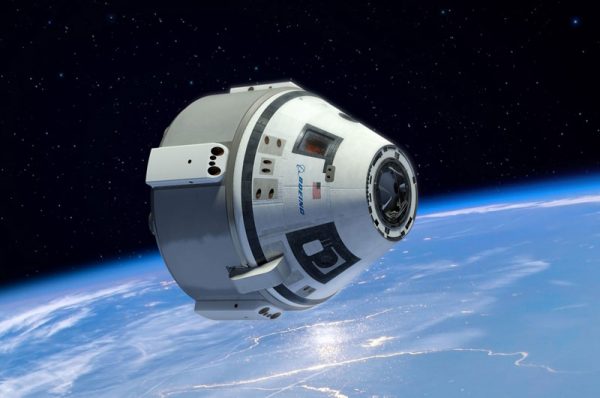
Boeing is busying like bees trying to get their CST-100 Starliner manned spacecraft ready in hope of stealing SpaceX’s thunder and delivering Astronauts to the International Space Station first. Under construction in collaboration with Bigelow Aerospace as their entry for NASA’s Commercial Crew Development program, the Starliner is designed to transport up to seven Astronauts and/or cargo into orbit and to remain on-orbit for up to seven months.
While it’s primary mission is to transport crew to the Space Station, it’ll also be used to transport people to private space stations such as the proposed Bigelow Aerospace Commercial Space Station.
It does look very much like NASA’s Orion spacecraft, but the diameter of the spacecraft is 4.56 meters (15.0 feet) which makes it smaller than the Orion, yet it’s slightly larger than the Apollo Command Module. It’s compatible with multiple launch vehicles which include the Atlas V, Delta IV, and Falcon 9, as well as United Launch Alliance’s planned Vulcan rocket. The initial launch looks to be held in December 2017 at Cape Canaveral with the vehicle being the mighty Atlas V.
SpaceX Dragon V2
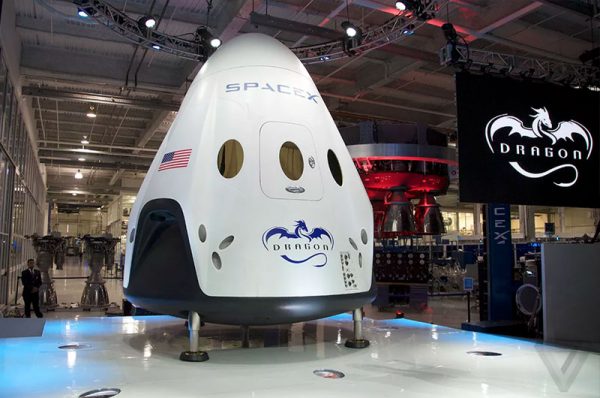
Currently in the lead in NASA’s Commercial Crew Development program is SpaceX with its Dragon V2 spacecraft. The Dragon V2 is also capable of transporting up to seven Astronauts and/or cargo just like the Starliner but unlike the Starliner, it’s slightly bigger and it has landing legs with four side-mounted thruster pods which contain two Super Draco engines each, which allows Dragon to softly land on the ground and serve as the Dragon’s launch abort system.
SpaceX’s Dragon V2 differs from the cargo Dragon in that it has much larger windows, new flight computers and avionics, and redesigned solar arrays. It also has a new outer mould line. The Dragon V2 is slated to have its first test launch in May 2017 with the launch at Cape Canaveral with the vehicle being the SpaceX’s Falcon 9 rocket. It will mimic a typical mission with the spacecraft rendezvousing with the International Space Station before safely splashing down back on Earth. If the test mission is a success the plan is for the first manned mission to take place before the end of 2017.
Blue Origin
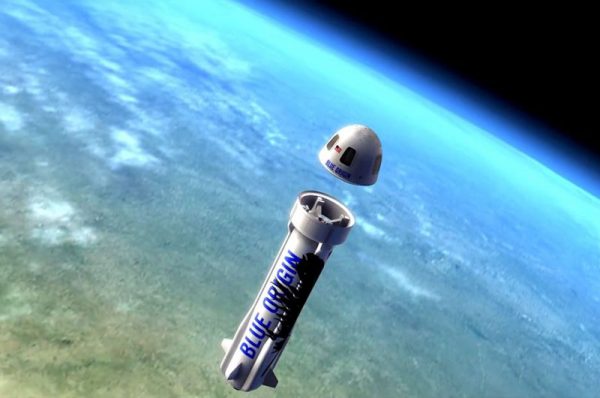
Jeff Bezos’s Blue Origin space firm has been quietly testing its suborbital New Shepard rocket since April 2015. The tests have gone well and now Blue Origin is planning a manned test mission sometime in late 2017. The test mission will be a sub-orbital hop like the other test missions rather than a full-fledged journey into orbit.
The New Shepard crew capsule can carry up to six people and supports a “full-envelope” launch escape system, which when called into action will separate the crew capsule from the rocket anywhere during the ascent. The interior volume of the capsule is 15 cubic meters (530 cubic feet) and the capsule offers large windows and space for the passengers to see the Earth in all its glory as the crew capsule is designed more for the space tourism side of the commercial space industry.
Virgin Galactic’s Spaceship Two
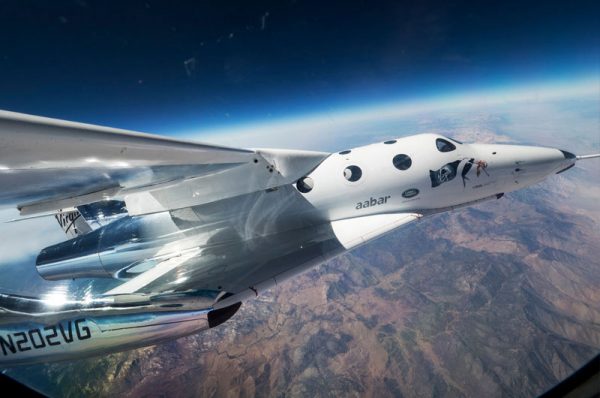
After the accident of their very first Spaceship Two, the VSS Enterprise on the 31st of October 2014, Virgin Galactic for the next two years went back to its designs to make sure it learned from its mistakes.
Well, Virgin Galactic is back with its new Spaceship Two call VSS Unity which has just successfully completed its maiden free flight on the 2nd of December, performing an unpowered glide over the Mojave Desert. The spacecraft dropped from its carrier plane, White Knight Two, and flew for 10 minutes on its own before landing successfully at the Mojave Air and Space Port.
Virgin Galactic throughout next year will conduct several additional glide tests before moving on to the next phase of testing, where the rocket engine will be ignited in the air.
Sierra Nevada Corp’s Dream Chaser
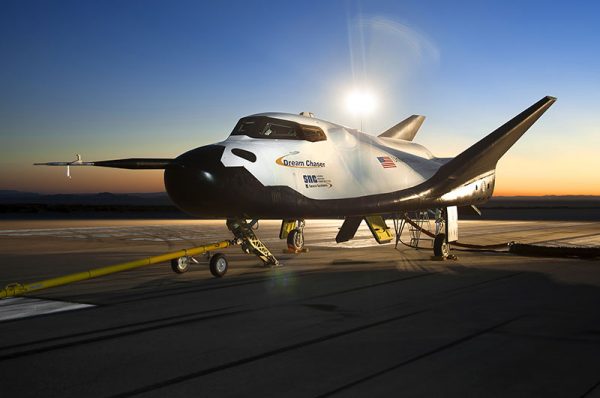
While flight testing will still be occurring in 2017, Sierra Nevada Corp’s Dream Chaser is making up for lost time. The Dream Chaser started its life out as the now-cancelled X38 International Space Station Crew Return Vehicle. After a few design changes and false starts, Sierra Nevada Corp started developing the mini-shuttle about 10 years ago, while the Space Shuttle was still flying. While the Shuttle could be considered the Mack truck of spacecraft, Sierra Nevada Corp has designed the Dream Chaser to be more like a Space Utility Vehicle and to be able to take up cargo to keep the space station running, and/or seven passengers.
While Sierra Nevada Corp lost out on a commercial crew contract a few years ago, a series of upcoming flight tests will help aid the company in the development of a cargo version of Dream Chaser, as they were one of three commercial space companies to win the Commercial Resupply Services 2 contracts from NASA in January to deliver cargo to and from the ISS from 2019 through to 2024.
The free-flight test of the Dream Chaser is tentatively scheduled for December 2016, although the latest extension of the Commercial Crew Integrated Capability agreement runs through June 2017 which means Sierra Nevada Corp have some margin in the agreement in the event of delays in that flight test.
The United Nations Office for Outer Space Affairs has also begun an initiative that’ll enable developing nations to have access to space. They have partnered with Sierra Nevada Corp to utilise the Dream Chaser for affordable unmanned scientific missions to low-Earth orbit that will begin in 2021.
Good luck to these companies, it’s an exciting time for human space travel with so many of these new human-rated spacecraft finishing their testing phase and starting to send Astronauts to the International Space Station. The competition will help with developing new technologies and most importantly, it’ll help bring down the cost of these missions quickly.





